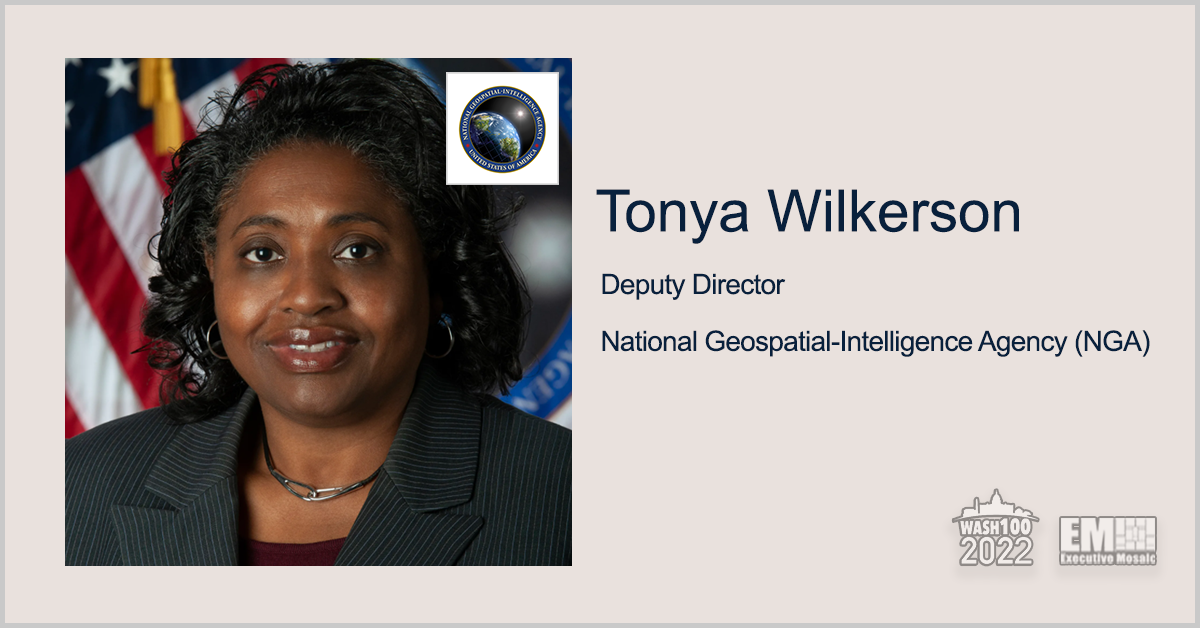The National Geospatial-Intelligence Agency is undergoing a shift in its cloud migration and acquisition strategies, top officials say. But first, the agency is taking a look at its needs and requirements, which will help steer these efforts.
“We’re looking at how we migrate our workloads to the cloud by getting a good understanding of our compute and storage requirements,” Tonya Wilkerson, NGA’s deputy director, said in her keynote speech at a recent GovCon Wire event. “And we’re trying to do that early in the acquisition lifecycle — by doing so, that really helps us to understand whether or not the data or a workload belongs in a data center or in the cloud, and that helps us to be able to gauge what our needs are.”
NGA is using a tool called the enterprise assessment framework to scale its IT workloads, input and mission capabilities in the same environment, Wilkerson said at the 2nd Annual IC Acquisition and Technology Innovation Summit.
“It opens up the space for multiple cloud providers to bring forward their particular services,” commented Wilkerson, a 2022 Wash100 Award winner, on the agency’s cloud strategy shift. “It gives us the chance to take advantage of really the best-of-league for cloud services.”
Wilkerson’s comments reflect a larger intelligence community-wide focus on leveraging hybrid multi-cloud environments instead of relying on just one cloud provider.
Across other efforts, NGA is deploying automation at sea to help simplify its navigation warning alerts. NGA’s Source Maritime Automated Processing System, or SMAPS for short, helps the agency’s maritime safety watch desk process its nearly 1,000 messages per day.
“SMAPS works with natural language processing and basic machine learning to improve the system so that our watch officers can focus on analysis and turn over the data administration to the software,” Wilkerson explained.
“That reduces the time it takes from receiving incoming messages to sending out alerts to the Navy, the Coast Guard and commercial mariners by up to 50 percent,” she added, noting that the effort reduces the chance for human error and has the potential to help save lives.
Wilkerson also spoke on the agency’s neurodiversity pilot and how the program helped NGA to reshape its talent acquisition and hiring processes to align with its broader diversity, equity and inclusion mission.
“What we were able to do was to think about our typical processes that we leverage for bringing new talent on and how those processes may be experienced by individuals with differing abilities. It gave us an opportunity to really think hard about that and to think about how we ensure that the process is conducive to all,” she shared.

To hear from other leaders across the federal landscape, be sure to join the Potomac Officers Club’s 2nd Annual Industrial Space Defense Summit on May 17.
Space experts from government and industry will come together to discuss the current threats in the domain and how public-private partnerships can help combat them. Dr. Derek Tournear, director of the Space Development Agency, kicks off the virtual event with an opening keynote address. Click here to register.
















